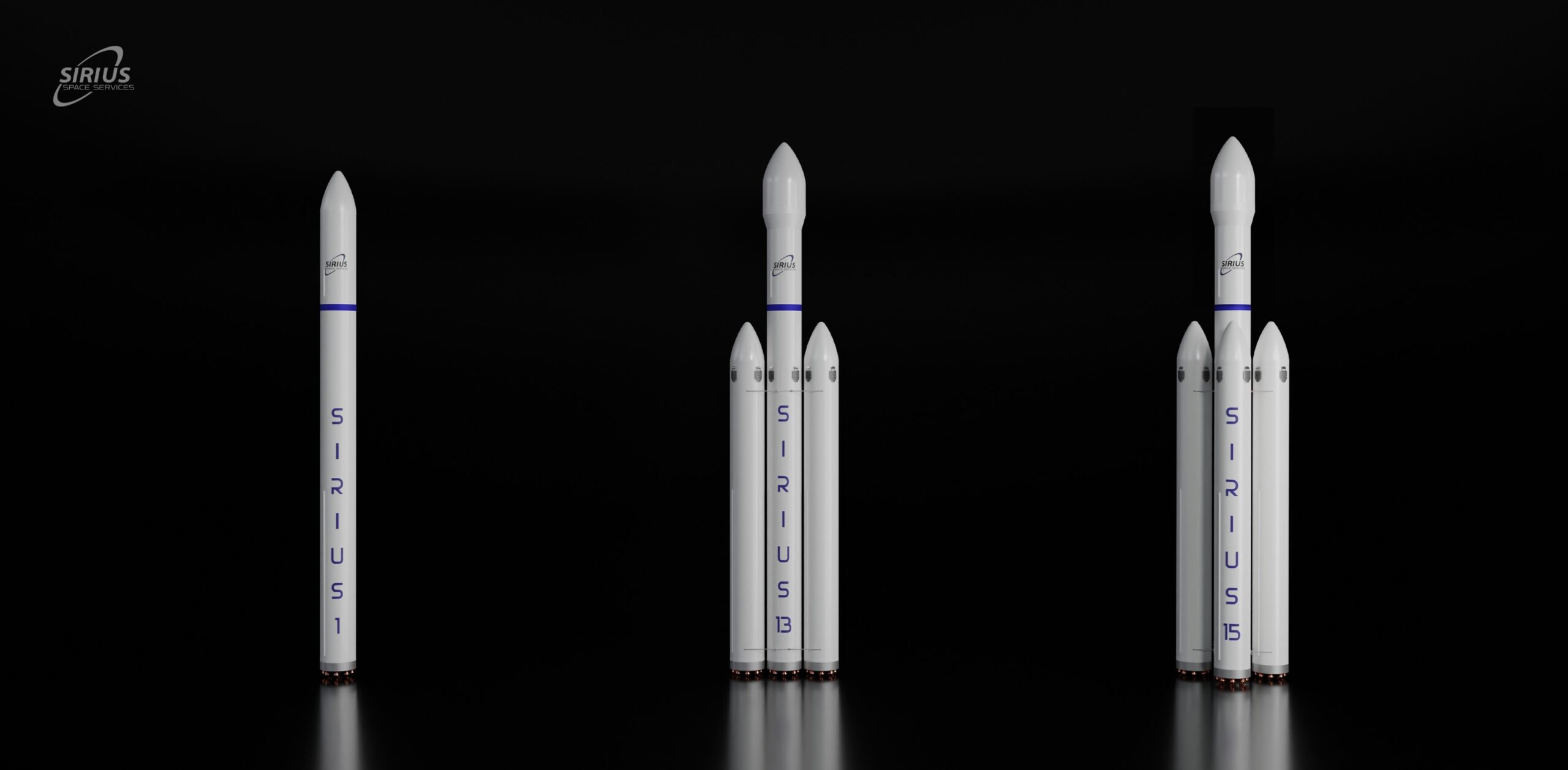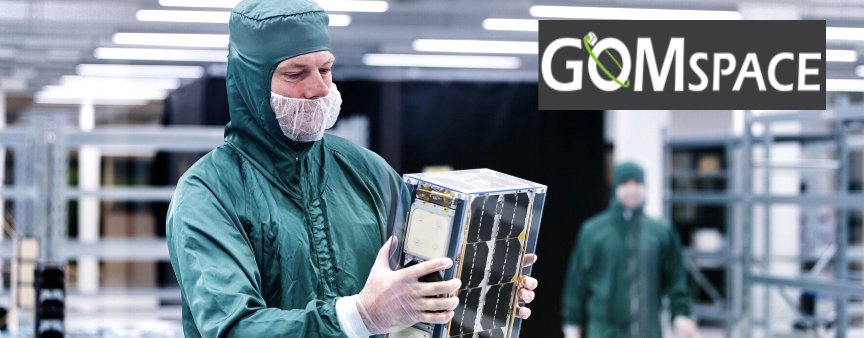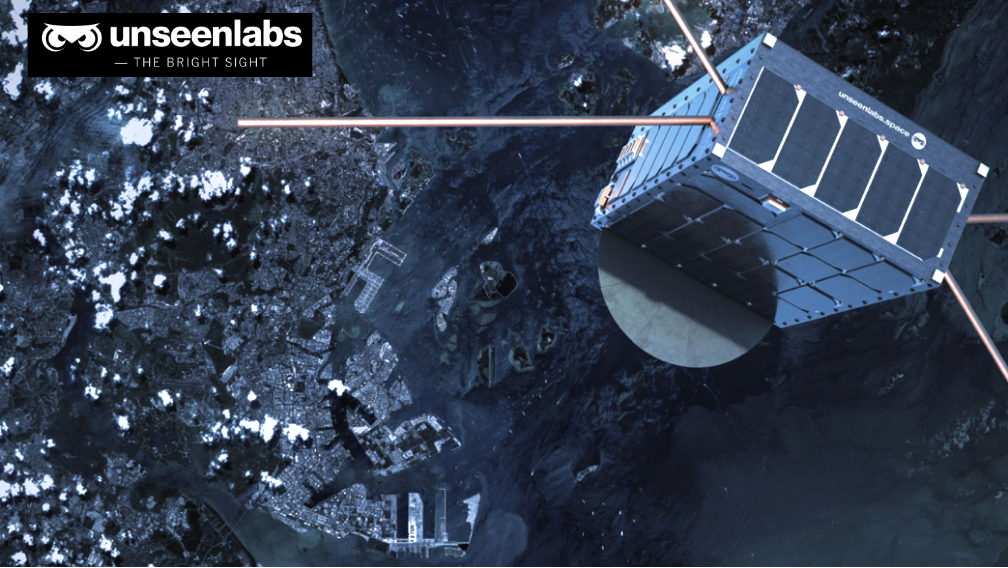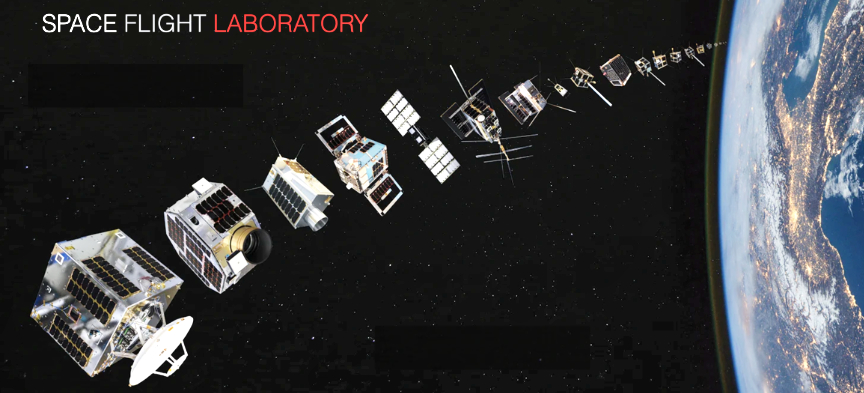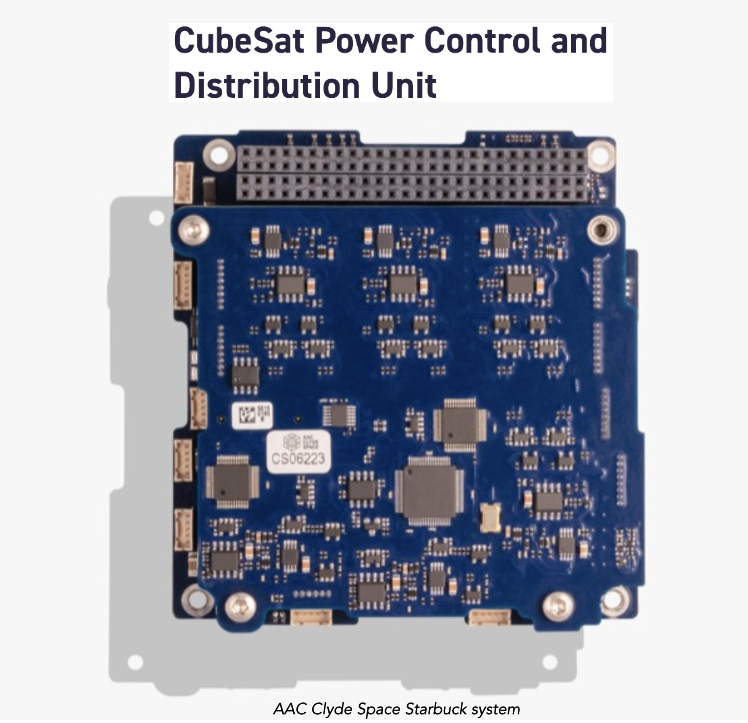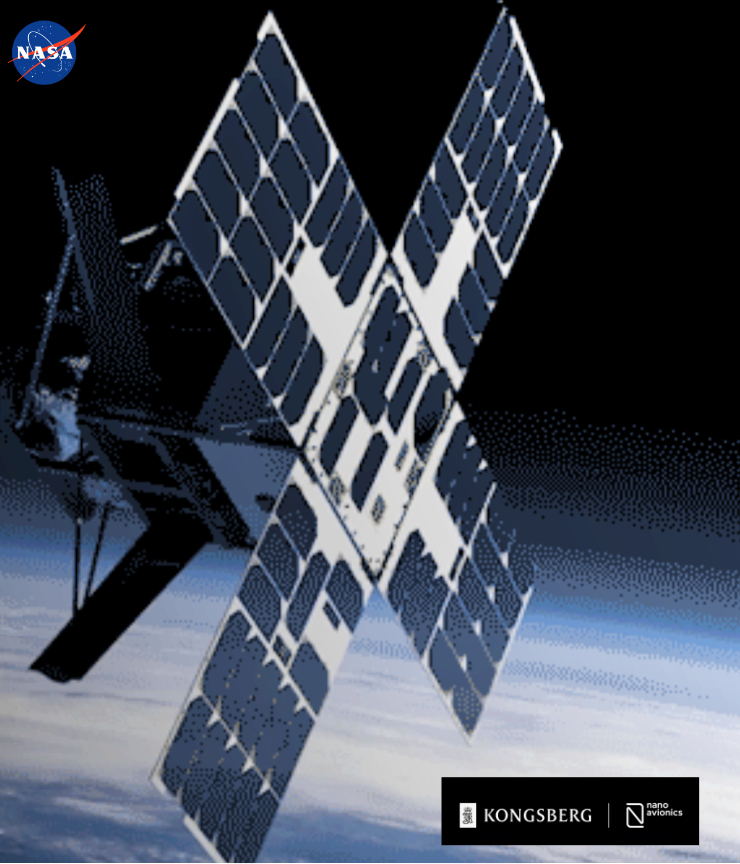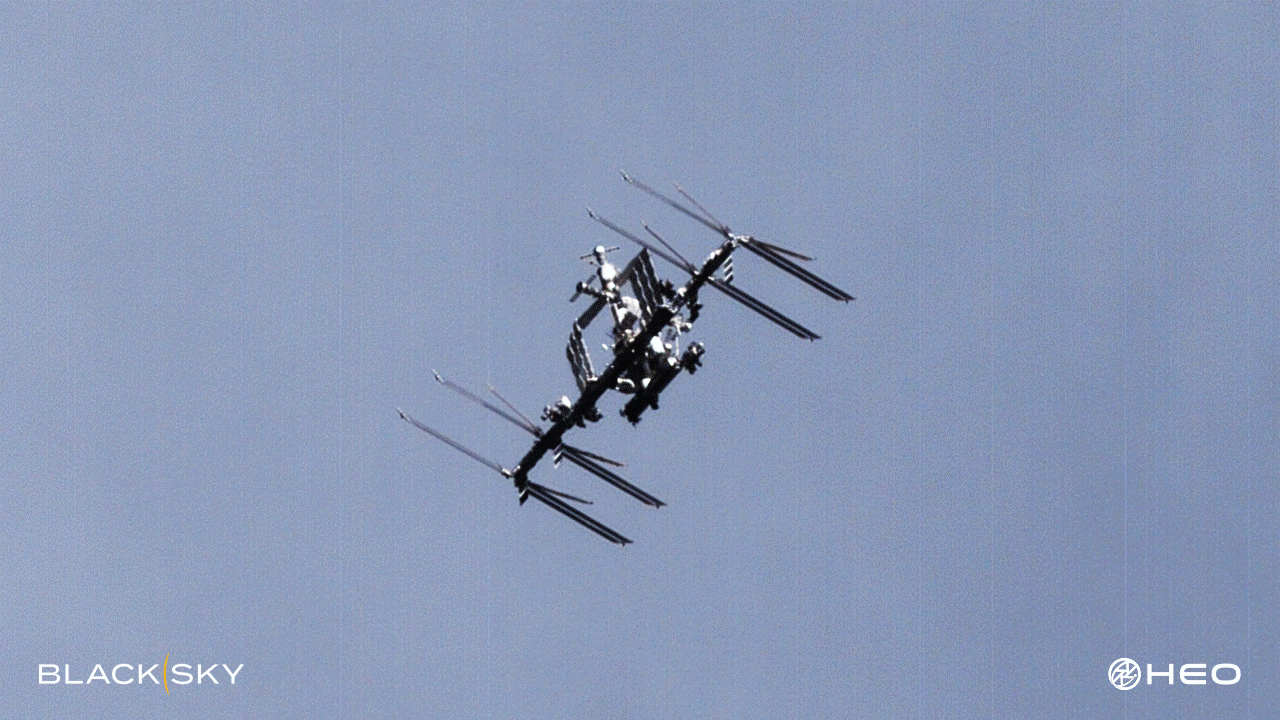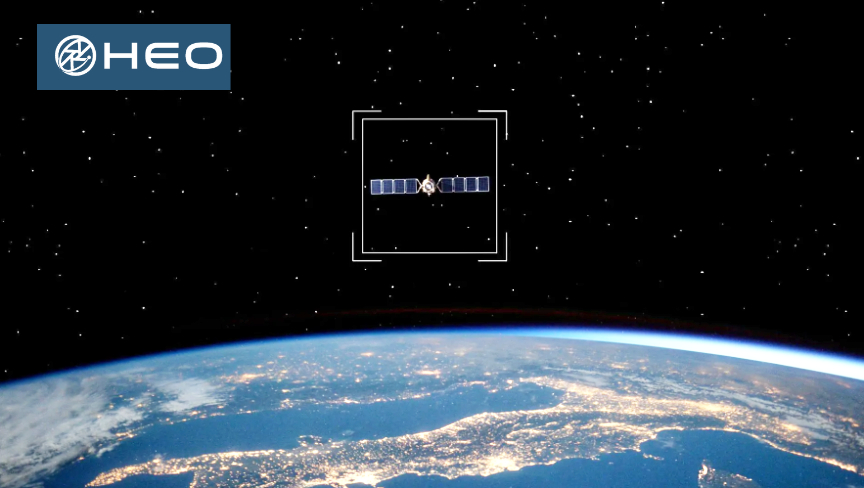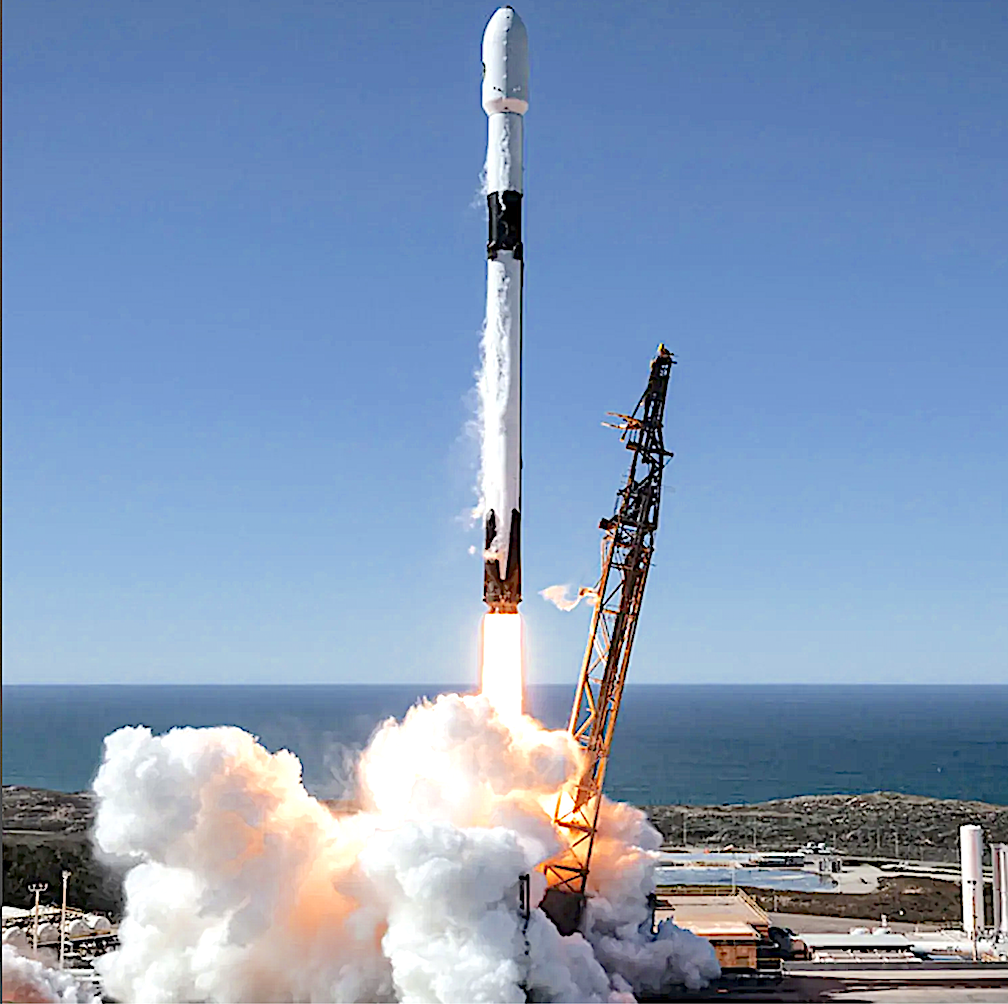
On Tuesday, September 24th, at 9:01 PM – 9:59 PM PDT, Space X plans to launch into low Earth orbit a batch of Starlink smallsat satellites that will likely include a mix of 13 Direct-to-Cell and 7 standard v2-Mini Starlink satellites. These satellites will help SpaceX move closer to achieve their goal of a Starlink smallsat space-based internet communication constellation.
The launch will take place from Space Launch Complex 4E, Vandenberg SFB, California, which has launched 159 rockets, including 159 orbital launch attempts, and has been the site for 771 rocket launches.
SpaceX’s Starlink launches will be cut back for a few weeks as both of SpaceX’s Florida launch pads are currently occupied by high-priority missions. Launch Complex 39A (LC-39A) is being prepped for Falcon Heavy’s upcoming launch of Europa Clipper in October, and SpaceX’s Crew-9 is being attended to at SLC-40 for a September 26 launch.
The forecast calls for:

- temperature of 67°F
- clear skies,
- 9% cloud cover
- wind speed of 8 mph
- 66°Hi
- RealFeel® 73°
- RealFeel Shade
 66°
66° - Low clouds and fog, then some sun
- Max UV Index 5
- Wind W 6 mph
- Wind Gusts 13 mph
- Probability of Precipitation 0%
- Probability of Thunderstorms 0%
- Precipitation 0.00 in
- Cloud Cover 80%
The launch will cost $52,000,000.
The booster is expected to land on the ASDS barge, Of Course I Still Love You (OCISLY) in the Pacific Ocean.





 ) where one will be fully developed with the ability to accommodate Sirius’ three variants of rocket, SIRIUS 1, SIRIUS 13 and, in future, the large 4 booster SIRIUS 15 variant. The other launch pad will be part-developed as a back-up.
) where one will be fully developed with the ability to accommodate Sirius’ three variants of rocket, SIRIUS 1, SIRIUS 13 and, in future, the large 4 booster SIRIUS 15 variant. The other launch pad will be part-developed as a back-up. 